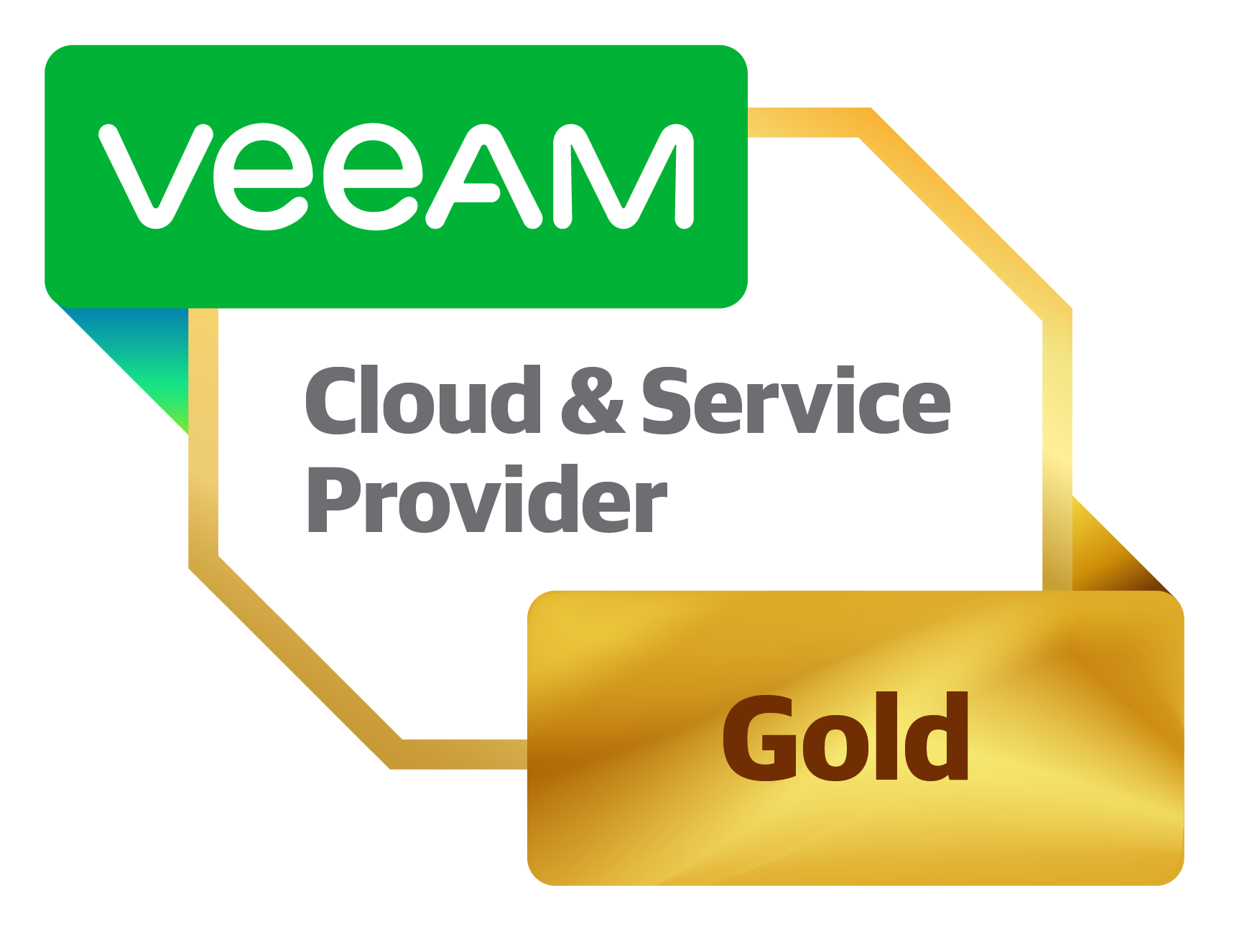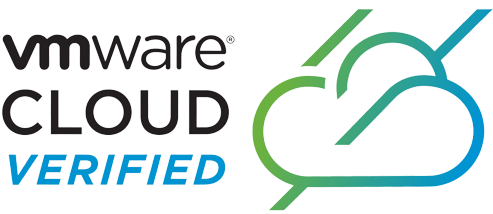Cloud computing – meaning the delivery of computing services over the internet, rather than through an organisation’s privately-owned on-premises data centre – has revolutionised data storage, offering companies unprecedented scalability, flexibility and cost-efficiency. However, as data volumes continue to grow exponentially, managing data storage and associated costs in the Cloud becomes increasingly complex.
According to our recent ‘South African Cloud Survey (May 2023)’, which was commissioned to better understand local trends around the adoption and use of various Cloud services, some 40 percent of all respondents indicated that requiring more data storage capacity was one of their reasons for Cloud adoption, with 49 percent overall further indicating that reducing their data costs was another key consideration.
Below we discuss strategies and best practices for effectively managing data storage and optimising costs in Cloud computing environments.
Understand Your Data Storage Needs
A critical first step in managing data storage is gaining a deep understanding of your organisation’s data requirements.
It is therefore essential to conduct a thorough analysis of your data landscape, including data types, access patterns and growth projections. Data should be categorised based on its criticality, frequency of access and compliance requirements to determine the most appropriate storage options.
Embrace a Data Classification and Tiering Strategy
One size doesn’t fit all – meaning that not all data is created equal, and treating all data the same can lead to unnecessary costs. The organisation should therefore implement a data classification and tiering strategy that aligns storage resources with the value and access requirements of the data.
Different Cloud providers offer various storage tiers, ranging from high-performance solid-state drive (SSD) storage to cost-effective archival storage. By tiering your data, you can optimise costs by placing frequently accessed data on high-performance storage and, in contrast, moving infrequently accessed or cold data to lower-cost storage tiers.
Leverage Cloud Storage Services and Features
Cloud service providers offer a wide array of storage services and features that can help optimise costs. Explore options such as object storage, block storage, file storage and archival storage provided by your Cloud provider.
Take advantage of features like data deduplication, compression and lifecycle management to reduce storage footprint and improve efficiency. Evaluate storage service-level agreements (SLAs) and data durability guarantees to ensure that your data is protected and accessible when needed.
Implement Data Lifecycle Management
Data lifecycle management involves managing data, from its creation to deletion, in a systematic and efficient manner.
It is important to define policies that dictate when data should be moved to different storage tiers, archived or deleted, based on its age, relevance and regulatory requirements. Automate data lifecycle management processes using Cloud-native tools or third-party solutions to reduce manual intervention and ensure consistent adherence to policies.
This approach optimises storage costs and also helps maintain data hygiene and compliance.
Optimise Storage Performance and Efficiency
Improving storage performance and efficiency is crucial for cost optimisation and ensuring responsive data access.
The use of caching mechanisms, content delivery networks (CDNs) and edge computing will minimise latency and enhance user experience. By implementing data compression and deduplication techniques, storage requirements can be reduced and bandwidth usage optimised.
Regularly monitor storage performance, identify bottlenecks and make use of Cloud provider monitoring and optimisation tools to fine-tune storage configurations.
Regularly Monitor and Analyse Storage Usage
Monitoring storage usage and costs is vital for effective management. Gain visibility into storage usage, growth trends and cost patterns by making use of your Cloud provider’s monitoring tools or other third-party solutions.
The implementation of automated alerts and notifications can assist in proactively addressing storage capacity limits or unexpected cost spikes. In addition, regular storage optimisation reviews can identify under-used resources, remove redundant data and right-size storage allocations.
Continuously Evaluate and Right-Size Storage
Data storage requirements evolve over time, and this means that continuous evaluation and right-sizing is critical. It is imperative for an organisation to regularly assess its data storage needs, taking into account factors such as business growth, changing workloads and evolving data regulations.
Consider conducting storage audits to identify opportunities for optimisation, such as resizing storage volumes, consolidating data or migrating to more cost-effective storage options. By aligning storage resources with actual needs, you can eliminate unnecessary costs and improve overall efficiency.
In summary
Effectively managing data storage and associated costs in Cloud computing environments requires a proactive and strategic approach.
Organisations can optimise costs while ensuring data availability and accessibility by doing the following:
- Understanding their data storage needs;
- Implementing data classification and tiering;
- Leveraging Cloud storage services and features;
- Adopting data lifecycle management practices;
- Optimising storage performance and efficiency;
- Monitoring storage usage; and
- Continuously evaluating and right-sizing storage.
With careful planning and ongoing optimisation efforts, businesses can unlock the full potential of Cloud storage, drive innovation, and maintain a competitive edge in the data-driven era.
Please click here to access the ‘South Africa Cloud Survey Report (May 2023)’ and find out more on current local Cloud migration trends. The survey was undertaken by Nymbis Cloud Solutions in partnership with Veeam and Africa Analysis.








